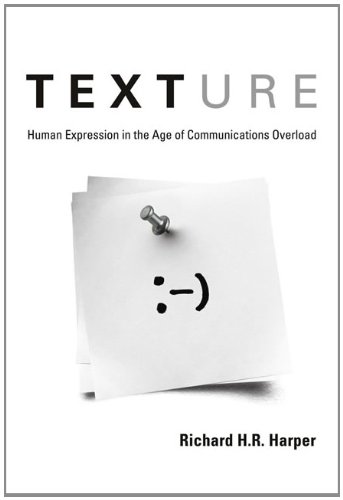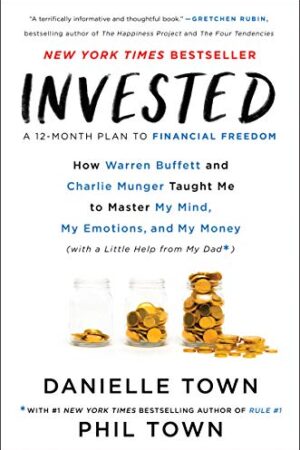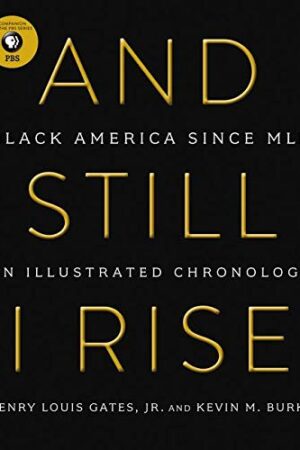Texture: Human Expression in the Age of Communications Overload (The MIT Press)
$209.79
Why we complain about communication overload even as we seek new ways to communicate.Our workdays are so filled with emails, instant messaging, and RSS feeds that we complain that there’s not enough time to get our actual work done. At home, we are besieged by telephone calls on landlines and cell phones, the beeps that signal text messages, and work emails on our BlackBerrys. It’s too much, we cry (or type) as we update our Facebook pages, compose a blog post, or check to see what Shaquille O’Neal has to say on Twitter. In Texture, Richard Harper asks why we seek out new ways of communicating even as we complain about communication overload.Harper describes the mistaken assumptions of developers that “more” is always better and argues that users prefer simpler technologies that allow them to create social bonds. Communication is not just the exchange of information. There is a texture to our communicative practices, manifest in the different means we choose to communicate (quick or slow, permanent or ephemeral).
| Weight | 12.00 kg |
|---|---|
| ISBN13 | |
| Author | |
| Publisher | |
| Binding | |
| Lenguage | |
| Publish Year | |
| Edition | |
| Pages |
Related products
-
Cassandra Speaks: When Women Are the Storytellers, the Human Story Changes
$587.79 Add to cartRated 0 out of 5







